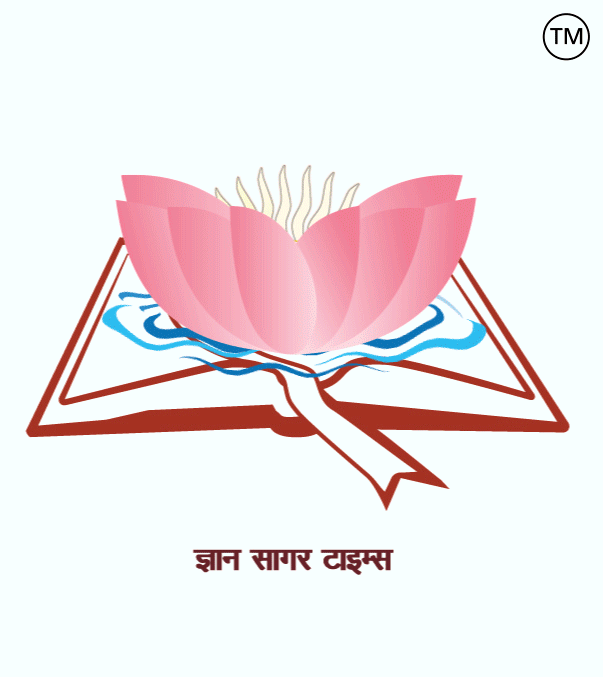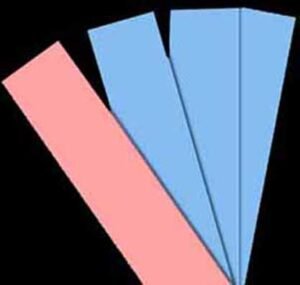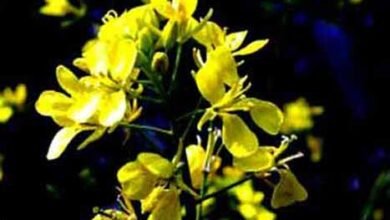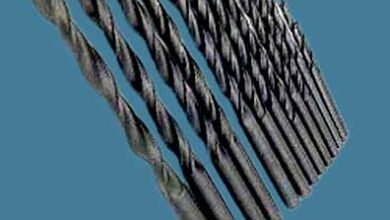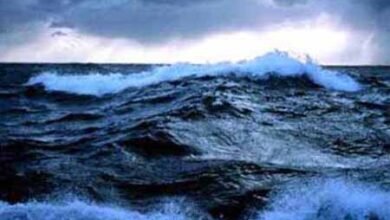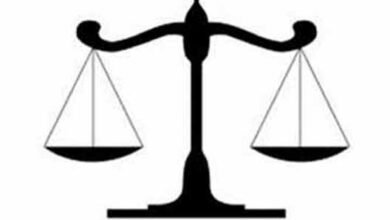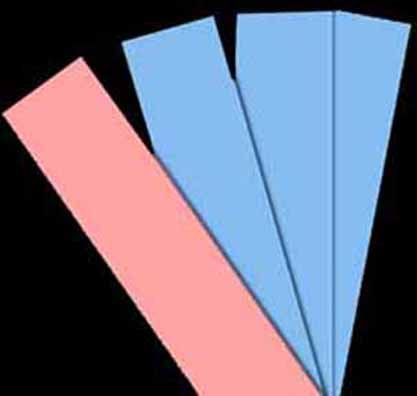
Related to Chemistry- 193.
|
1. What is the radioactive isotope of hydrogen called? = Tritium (T or H-3). 2. Which has the highest number of isotopes? = Caesium. 3. What is the number of isotopes of polonium? = 42. 4. What is used in testing acids and bases? = Litmus paper. 5. What is the taste of base? = Bitter taste. 6. What do all acids provide when they dissolve in water? = Hydrogen ions (H+). 7. The salt that absorbs water is called? = Hygroscopic salt. 8. The aqueous solution of ammonium chloride is? = Acidic. 9. The aqueous solution of which salt turns red litmus blue? = Sodium carbonate (Na₂CO₃) / Basic salts. 10. Who formulated the law of diffusion of gases? = Thomas Graham. 11. The gaseous mixture of carbon monoxide and nitrogen gas is called? = Producer gas. 12. “The physical and chemical properties of the elements are periodic functions of their atomic weights”. Who formulated this law? = Dmitri Mendeleev. 13. Inert elements are members of which group? = They are members of Group 18 of the periodic table. 14. Who discovered inert gases? = Sir William Ramsay. 15. Chemical name of vermillion? = Mercuric sulphide, also known as Cinnabar. 16. Which gas forms a brown coloured solution on passing through an alkaline solution of pyrogallol? = Oxygen gas. 17. Brown smoke comes out when concentrated H2SO4 is added to dry KNO3. Which gas is this smoke? = NO2. 18. Which gas is released when pyrite ore is burnt? = Sulphur dioxide gas. 19. Which gas is used for joining metals? = Acetylene. 20. Full form of DDT? = Dichloro-Diphenyl-Trichloroethane. 21. Chemical name of tear gas? = Chloropicrin, also known as Trichloronitronmethane. 22. How many protons and neutrons are there in the nucleus of helium? = 2 protons and 2 neutrons. 23. Which substance is used as both an oxidizing agent and a reducing agent? = Hydrogen peroxide (H₂O₂). 24. Who propounded the modern periodic laws? = Henry Moseley. 25. On which table is the atomic number based? = Modern Periodic Table. 26. How many electrons are there in the outer orbit of inert gases except helium? = 08 electrons. 27. Which gas is produced while creating chemical smog? = Oxides of nitrogen (NOx). 28. Hydrogen is another essential component of all acids. Who said this? = Sir Humphry Davy / Svante Arrhenius. 29. Which element is called a stray in chemistry? = Methane. 30. What is found in the ink used to mark voters? = Silver nitrate.
Prof. Amarendra Kumar ============ ============= =========== रसायन विज्ञान से संबंधित– 193.
1. हाइड्रोजन के रेडियो सक्रिय समस्थानिक को कहते हैं ? = ट्रिटियम (T या H-3). 2. सर्वाधिक संख्या में समस्थानिक किसमें पाये जाते हैं ? = सीजियम (Caesium). 3. पोलोनियम के समस्थांनिकों की संख्या कितनी होती है? = 42. 4. अम्ल एवं भस्म के परीक्षण में किसका उपयोग किया जाता है ? = लिटमस पत्र. 5. भस्मों का स्वाद कैसा होता है? = तीखा (बिटर) स्वाद. 6. सभी अम्ल जल में घुलकर क्या प्रदान करते है ? = हाइड्रोजन आयन (H+). 7. लवण जो जल का अवशोषण करता है उसे कहते हैं? = हाइग्रोस्कोपिक लवण (hygroscopic salt). 8. अमोनियम क्लोराइड का जलीय विलयन होता है ? = अम्लीय. 9. किस लवण का जलीय विलयन लाल लिटमस को नीला कर देता है ? = सोडियम कार्बोनेट (Na₂CO₃). 10. गैसों के विसरण का नियम किसने प्रतिपादित किया था? = थॉमस ग्राहम. 11. कार्बन मोनोऑक्साइड तथा नाइट्रोजन गैस के गैसीय मिश्रण को कहते हैं? = प्रोड्यूसर गैस. 12. “तत्वों के भौतिक और रासायनिक गुण उनके परमाणु भारों के आवर्त फलन होते हैं”. यह नियम किसने प्रतिपादित किया था? = दिमित्री मेंडलीव. 13. अक्रिय तत्व (Inert Element) किस समूह के सदस्यु हैं? = आवर्त सारणी के समूह 18 (Group 18) के सदस्य हैं. 14. अक्रिय गैसों की खोज किसने की थी? = सर विलियम रैमसे (Sir William Ramsay). 15. सिन्दू्र (Vermillion) का रासायनिक नाम? = मरक्यूरिक सल्फाइड / सिनाबार. 16. कौन-सी गैस पायरोगैलोल के क्षारीय विलयन में गुजरने पर बादामी रंग का घोल बनाती है? = ऑक्सीजन गैस. 17. जब शुष्क KNO3 में सान्द्र H2SO4 मिलाने पर भूरा धुआँ निकलता है. यह धुआँ कौन सी गैस का होता है? = नाइट्रोजन डाइऑक्साइड (NO2). 18. पायराईट अयस्क को जलाने पर कौन सी गैस निकलती है? = सल्फर डाइऑक्साइड गैस. 19. धातु में जोड़ लगाने में कौन-सी गैस का प्रयोग किया जाता है? = ऐसीटिलीन. 20. डी. डी. टी. (D.D.T.) का पूरा नाम? = डाईफेनिइल-ट्राईक्लोरोएथेन. 21. अश्रु गैस (Tear Gas) का रसायनिक नाम? = क्लोरोपिक्रिन / ट्राइक्लोरोनाइट्रोमेथेन. 22. हीलियम के नाभिक में कितने प्रोट्रॉन व न्यूट्रॉन होते हैं? = 2 प्रोटॉन और 2 न्यूट्रॉन होते हैं. 23. कौन-सा पदार्थ ऑक्सीकारक तथा अवकारक दोनों की तरह से प्रयुक्त होता है? = हाइड्रोजन परॉक्साइड (H₂O₂). 24. आधुनिक आवर्त नियमो का प्रतिपादन किसने किया था? = हेनरी मोसले. 25. परमाणु संख्या किस सारणी पर आधारित है? = मॉडर्न आवर्त सारणी. 26. हीलियम को छोड़कर अक्रिय गैसों की बाहा कक्षा में कितने इलेक्ट्रॉन होते हैं? = 08 इलेक्ट्रॉन. 27. रासायनिक धूम कोहरे बनाते समय कौन-सी गैस उत्पन्न होती है? = नाइट्रोजन के ऑक्साइड (NOx). 28. हाइड्रोजन सभी अम्लों का एक और आवश्यक अवयव है यह किसने बताया था? = सर हम्फ्री डेवी / आरेनियस. 29. रसायन विज्ञान में किस तत्व को आवारा की संज्ञा दी गई है? = मीथेन. 30. मतदाता को चिन्हित करने में प्रयुक्त स्याही में क्या पाया जाता है? = सिल्वर नाइट्रेट.
Prof. Amarendra Kumar
|

